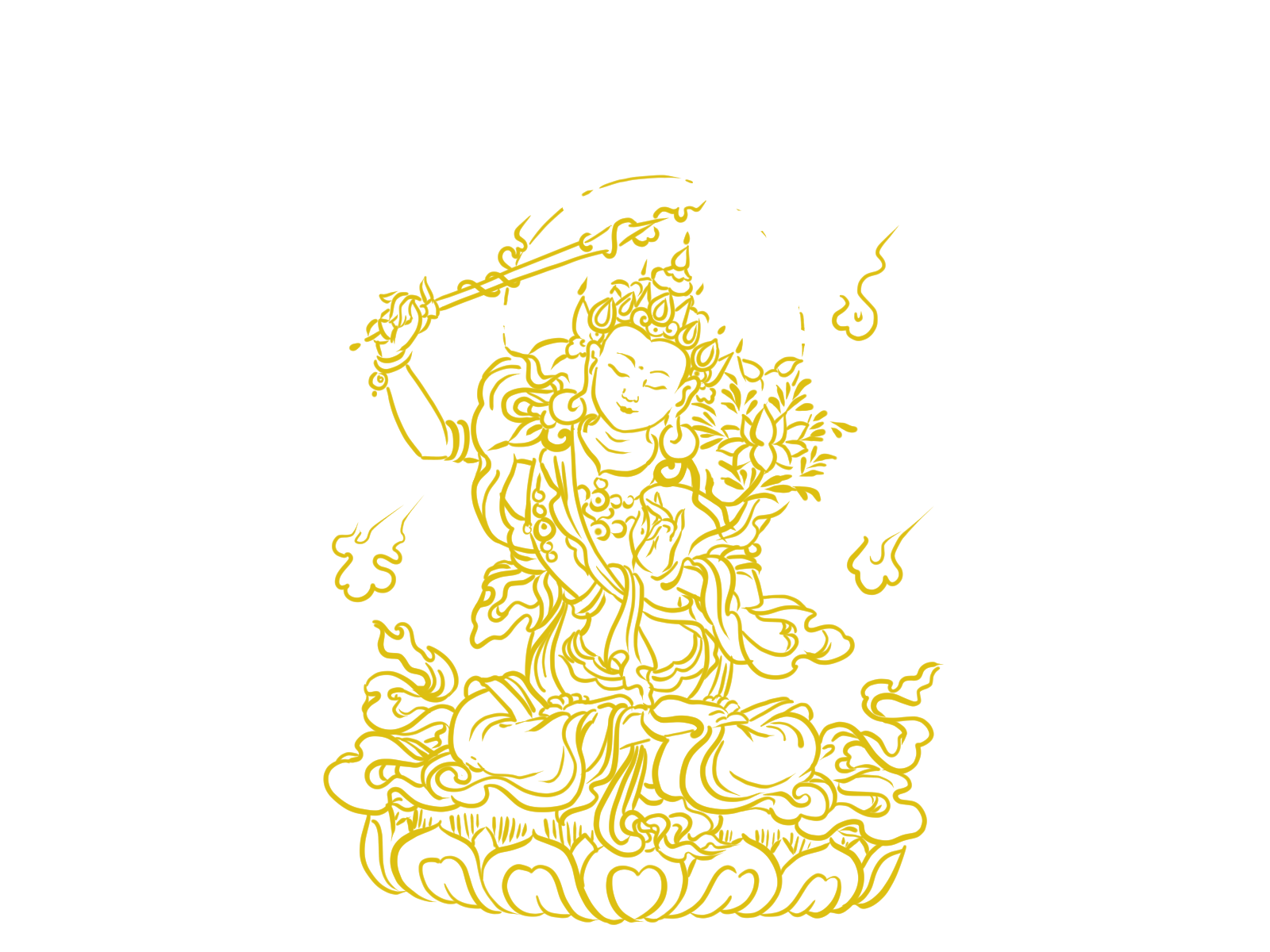





Tripiṭaka (Sanskrit: [trɪˈpɪʈɐkɐ]) or Tipiṭaka (Pali: [tɪˈpɪʈɐkɐ]) is the traditional term for the Buddhist scriptures. It was composed between about 550 BCE and about the start of the common era, likely written down for the first time in the 1st century BCE. The Dipavamsa states that during the reign of Valagamba of Anuradhapura (29–17 BCE) the monks who had previously remembered the Tripiṭaka and its commentary orally now wrote them down in books, because of the threat posed by famine and war. The Mahavamsa also refers briefly to the writing down of the canon and the commentaries at this time. Each Buddhist sub-tradition had its own Tripiṭaka for its monasteries, written by its sangha, each set consisting of 32 books, in three parts or baskets of teachings: Vinaya Piṭaka (“Basket of Discipline”), Sūtra Piṭaka (“Basket of Discourse”), and Abhidharma Piṭaka (“Basket of Special [or Further] Doctrine”). The structure, the code of conduct and moral virtues in the Vinaya basket particularly, have similarities to some of the surviving Dharmasutra texts of Hinduism. Much of the surviving Tripiṭaka literature is in Pali, with some in Sanskrit as well as other local Asian languages. Please notice that only the Heart sutra is available at this moment. (text from:wikipedia)